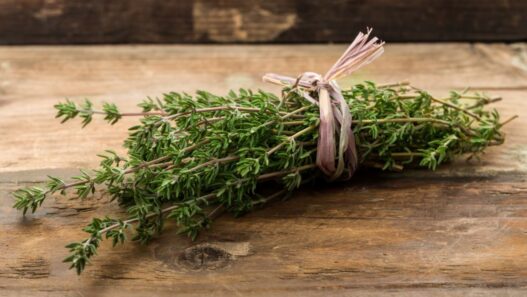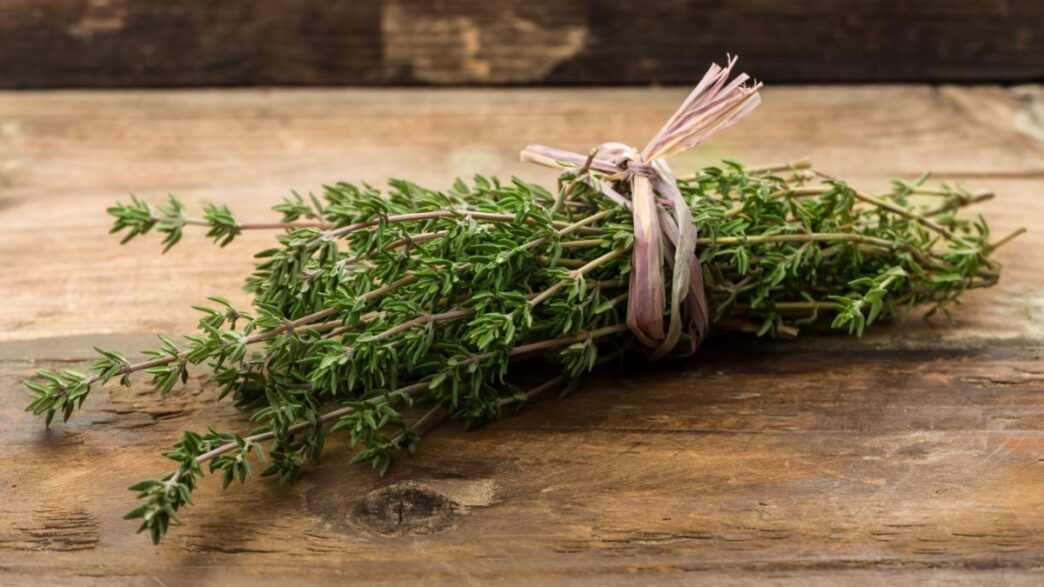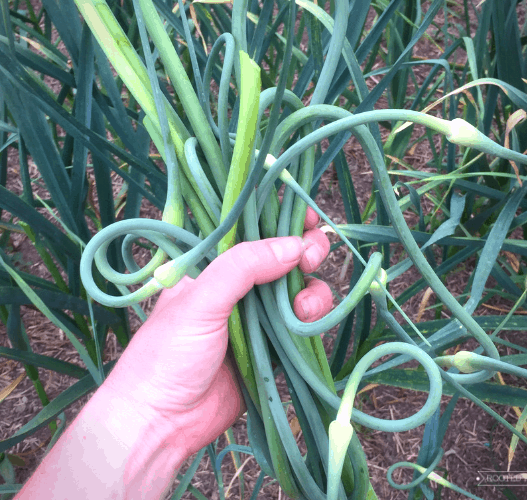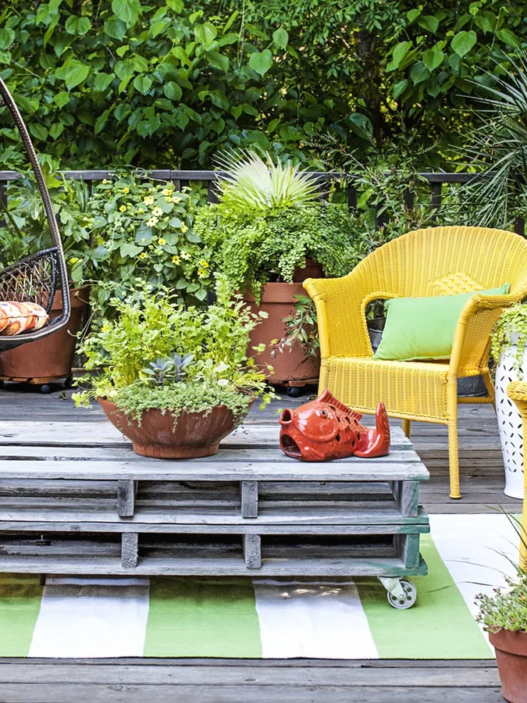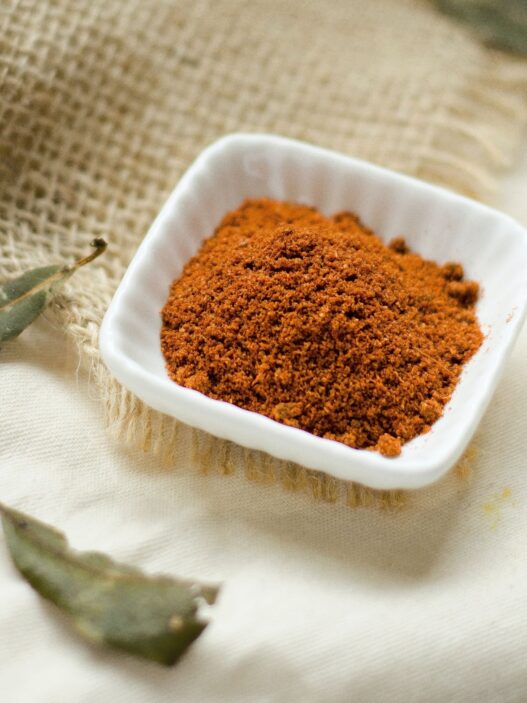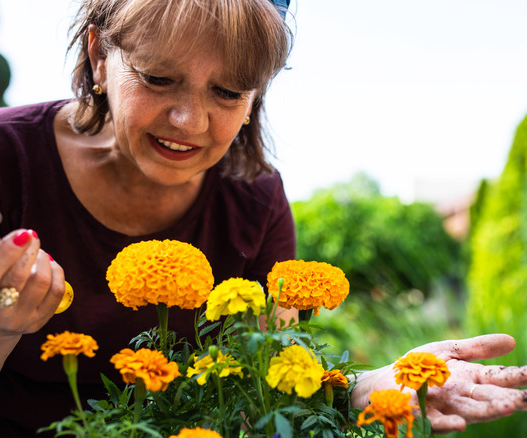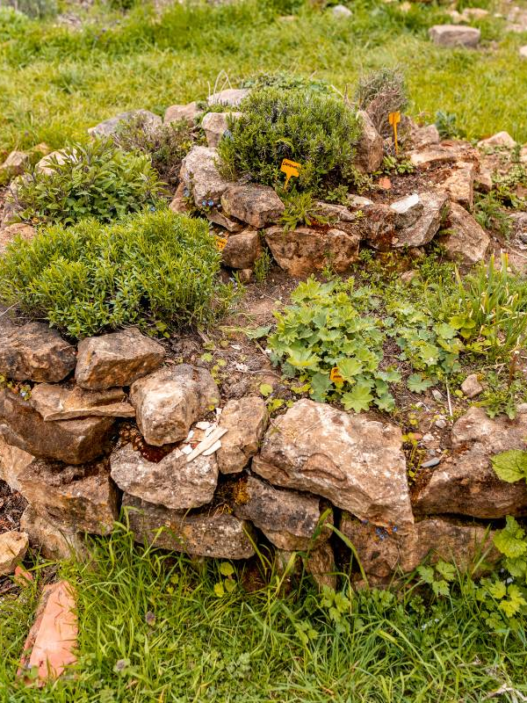You burn herbs in saining and smudging, but does it mean that both of these practices are the same? Well, you’re in for a treat!
I can tell you from my experience that there’s a night and day difference between saining and smudging. Saining is a Scottish tradition in which you burn (a few specific) herbs to bless and protect a place, a person, or even an object. In Smudging, on the other hand, you mostly burn sage for personal spiritual purification.
In today’s read, I’ll reveal:
- What are the 5 differences between saining and smudging?
- Are there any known similarities between these two rituals?
What’s the difference between saining and smudging?
Saining and smudging are ancient rituals in which you burn herbs for a number of reasons.
Just because you’re burning herbs, it might seem that both practices are pretty much the same, but let me break it to you: They are different!
So, let’s discuss 5 differences between them so that you have a clear idea about how to perform both rituals:
1. Cultural Origin
Saining is a Scottish tradition, while smudging comes from the Native American and Indigenous cultures in North America.
Both practices are years old and are proven to bring positivity to your life if you believe in them!
Today, the world might have become modernized, but trust me, these cultural rituals take you back in time! They connect you to your roots and help you find peace in the hustle and bustle of life.
2. Purpose
Undoubtedly, the main difference between saining and smudging is in their purposes.
Let’s start with saining! It’s a ritual that takes place at a fixed time for protection and blessings. For example:
- When you’re moving into a new home
- During a particular season
- When you get a new job, etc.
In short, when you perform saining, you’re creating a shield so that all the bad things stay far, far away from you, your family, and your new beginnings!
And there’s more! The effect of saining is also known to repel harmful diseases.
Now, let’s jump onto smudging. Its purpose is to cleanse and purify your own soul.
You can perform smudging at any time you want. There are absolutely no strict rules (like saining).
If I have to make it more simple, I’ll say that smudging is more connected to your own personality and its purification.
And you know what? People often get involved in smudging just because they love the smell. Interesting. Isn’t it?
In today’s world, this practice can actually help you to relax and forget your worries for a while. It’s an amazing therapy, and guess what? It almost comes at no cost!
3. Herbs & Materials Used
Another big difference between saining and smudging is that in both rituals, you use different herbs and materials.
In saining, you mainly use herbs called “Juniper” and “Rowan.” In Scottish traditions, people give a lot of importance to them. They both are thought to be connected with protection, blessing, and positive energy.
When you burn Juniper and Rowan, the smoke cleanses the environment and brings good vibes.
And saining doesn’t end with these two herbs! In this practice, people often say prayers and blow on water. Then, they sprinkle it on specific objects and individuals. They also apply it on the walls of their homes.
Also, you may use salt to create a barrier around your new home so that negative energies can stay away.
All these things are a part of saining and are believed to bring positivity.
On the other hand, in smudging, you’ll mainly burn sage. But, in old times, people also used sweetgrass and cedar. All these herbs have the same effect: they purify your soul and calm you.
Believe me, once you start doing this, you’ll automatically feel like a changed person (both inside and out).
I recommend you smudge sage and sweetgrass together because this aroma will be breathtaking. I normally do this in my home when I’m alone, and I instantly feel the magic!
4. Ways of Practicing
If you look back in time, you’ll find that saining was practiced in a very different way if you compare it with today.
Saining involved a group of religious leaders (Shamans) who sat at a specific place (like a temple) and carried out the ritual. They knew a lot about this practice, and people couldn’t do it alone.
But nowadays, things have changed. You don’t need a group of religious leaders to guide you. In fact, you and your friends can carry out the practice on your own because you don’t need someone with special knowledge.
Now, on the flip side, smudging was and is practiced by common people like you and me! In today’s time, it has gotten much easier. Do you know why?
Well, when you buy smudge sticks, usually the instructions come along. And you can always get help from the Internet. There are dozens of instructions available in one click that will help you carry out smudging in the best way!
5. Use of Sound
Sound and music has always remained a big part of peace and spirituality for many. But when it comes to saining, music doesn’t go well with it!
In saining, people often give a lot of attention to prayers, mantras, and blessings. That’s why they avoid music.
Interestingly, the case is totally opposite for smudging! Music and sounds (like chanting and drumming) are mandatory in this practice.
You may turn on some light music (with some mantras, too) in the background and carry out this ritual, and you’ll feel a great difference in your mood and energy.
It’s like adding a musical element to the whole process. The idea is that these sounds, along with the cleansing smoke, create a powerful and positive atmosphere.
Ending Words!
So, there you go, folks! I’ve told you the major differences between saining and smudging that make both of them unique.
Although these practices are pretty old, they are known to bring positivity into your life even at this age.
